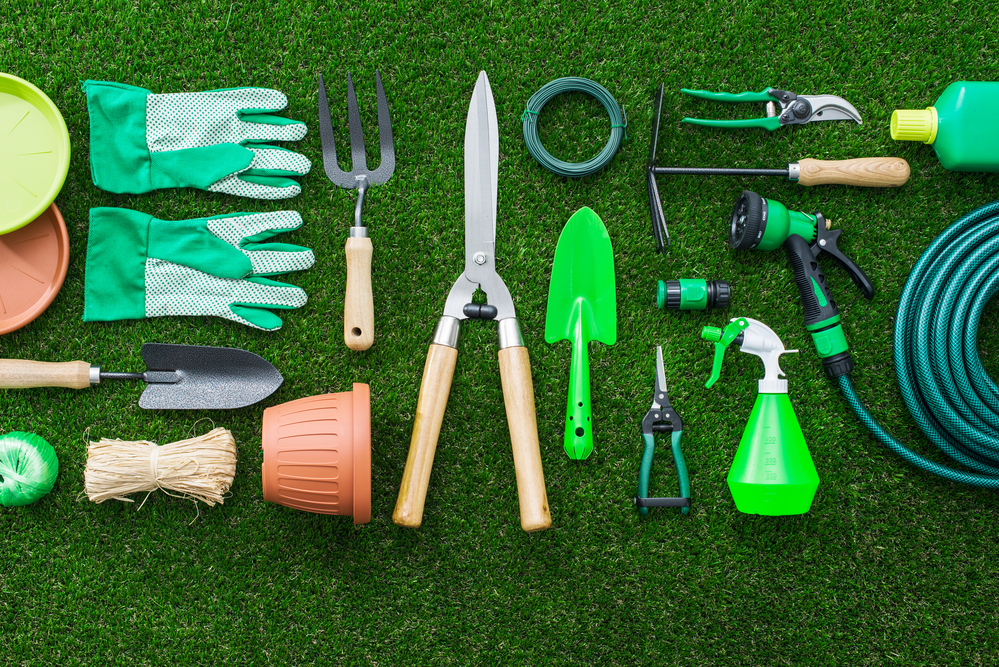Gardening is not just a hobby; it’s a form of art and science that benefits from the right tools. Whether you’re a seasoned gardener or a beginner, understanding the basic gardening tools and their maintenance can greatly enhance your gardening experience. This article will guide you through the different types of gardening tools, their names, options for kids, and essential tips on how to clean and maintain them.
The Basics: Gardening Tools Names and Uses
Gardening requires a variety of tools to plant, weed, and maintain a garden. Here’s a list of essential gardening tools:
- Spade – Used for digging, adding soil, and transplanting large plants.
- Trowel – Perfect for digging small holes, planting bulbs, and weeding.
- Pruning Shears – Essential for trimming and shaping plants.
- Rake – Helps in clearing leaves and debris and smoothing out the soil.
- Hoe – Ideal for weeding and breaking up soil.
- Garden Fork – Useful for loosening compacted soil and aerating the garden.
- Watering Can – An indispensable tool for watering plants at the roots.
- Wheelbarrow – Essential for moving soil, mulch, and garden supplies.
Each tool serves a specific purpose that helps in the efficient maintenance of your garden. Investing in quality tools can prevent injuries and make your gardening more effective.
Kids’ Gardening Tools: Cultivating Young Gardeners
Introducing children to gardening can be a fantastic learning experience. It’s important to get tools that are specifically designed for children to make their gardening experience enjoyable and safe. Kids’ gardening tools are generally lighter, smaller, and safer than adult versions. They often come in vibrant colors and patterns to engage young gardeners. Some popular tools for kids include:
- Small Trowels
- Mini Spades
- Rakes
- Watering Cans
These tools not only help children learn about nature and science but also encourage responsibility and creativity.
How to Clean and Maintain Your Gardening Tools
Proper maintenance of your gardening tools can extend their life and performance. Here’s how to keep your tools in top condition:
- Clean After Use: Remove soil and debris from your tools after each use. Wash them with water and dry thoroughly to prevent rust.
- Sharpen Regularly: Keep cutting tools like shears and pruners sharp. This ensures clean cuts that are better for plant health and makes the tools easier to use.
- Oil Moving Parts: Apply oil to moving parts periodically to reduce friction and prevent rust.
- Handle Care: Check wooden handles for splinters or cracks and sand them down as necessary. Treat with linseed oil to preserve the wood.
- Storage: Store tools in a dry, covered area to prevent exposure to harsh weather conditions.
Regular cleaning and maintenance after each gardening session can significantly impact the durability and functionality of your tools.
Whether you’re an adult looking to enhance your garden or a parent introducing your child to the joys of gardening, understanding and utilizing the right tools is key. With the right set of tools, gardening can become more enjoyable and less strenuous. Remember to clean and maintain your tools regularly to keep them in good working condition. By equipping yourself with the right tools and knowledge, you can turn gardening into a rewarding family activity that beautifies your home and enriches your lives.
